<XNUMX>, the structural strength analysis of the coupling diaphragm
Due to manufacturing and installation errors, load-bearing deformation, thermal deformation, and sinking of the base, the two shafts connected by the plum blossom elastic coupling will have axial, angular, and radial deviations between the axes.This will cause additional loads on the shafts, bearings and couplings, and worsen the working conditions of the ship's propulsion shafting.The use of couplings can reduce the impact of additional loads and ship propulsion shafting working conditions.
Couplings are widely used in ship propulsion shafting, especially for high-speed boat propulsion shafting. The diaphragm is a key component of the coupling. In order to meet the operational requirements of the ship’s high-speed shafting, the stress analysis and strength of the diaphragm are carried out. Calculation.
1 The structure of the coupling
The coupling is an all-metal dry flexible coupling, which is mainly composed of left and right half couplings, diaphragm sets and connecting bolts.Among them, the diaphragm group is formed by stacking a number of stainless steel coated diaphragms, which are alternately fixed to the driving end and the driven end by bolts.In order to obtain good compensation performance, an intermediate shaft is often used, with a set of diaphragm groups at both ends to form a double diaphragm coupling, which is respectively connected with the driving and driven shafts.Its working principle is: the torque is input from the left half of the coupling, and is transmitted to the diaphragm group through the driving bolt. The diaphragm group then transmits the torque to the intermediate shaft through the driven bolt, and the same torque passes through the diaphragm group at the other end. , Bolts and right half coupling output.
The coupling can absorb the three-way offset or the three-way offset between the axes through the flexibility of the diaphragm, and the working conditions of the ship's propulsion shafting.It has the advantages of large transmission torque, simple structure, convenient disassembly and assembly, work, and no need for lubrication.
2 Stress analysis of diaphragm
The diaphragm group is the main elastic element of the coupling.During operation, the diaphragm group is subjected to complex forces such as stretching, squeezing, and shearing, and is in a complex state of force, and thus transmits torque and motion, while absorbing vibration and compensating for deviation.
Because the stiffness of other parts in the coupling is much larger than that of the diaphragm, and the force of the diaphragm is more complicated, only the stress analysis of the diaphragm is studied here.In order to simplify the calculation, the surface shear force generated by the small relative movement between the diaphragms is not considered, that is, all the diaphragms are regarded as a whole.The load borne by the diaphragm is as follows:
2.1 Torque on the diaphragm
When the coupling transmits torque, the torque is driven by the diaphragm element through the active bolt to drive the driven bolt, and the tension in the diaphragm is generated by the torque along the tangential direction of the bolt distribution circle.Torque causes the tensile or compressive stress generated by the diaphragm to vary with the operating conditions, but it can be regarded as constant stress during operating conditions.
2.2 Centrifugal stress on the diaphragm
Couplings are usually installed on high-speed transmission shafts. The centrifugal inertia force of high-speed machinery is important in structural stress calculations.The direction of the centrifugal inertia force generated by the mass of bolts, washers, etc. and the centrifugal inertia force generated by the mass of the diaphragm group itself are both radially outward, so that the diaphragm group is subjected to centrifugal tensile stress.The centrifugal stress that the diaphragm bears varies greatly with the speed, but it can also be regarded as a constant stress under operating conditions.
2.3 Forced displacement of diaphragm group
Although the torque transmitted by the diaphragm assembly is very large when the coupling is working, practice has proved that the main failure of the coupling is not caused by the insufficient torsion transmission capacity of the diaphragm assembly, but caused by the alternating cyclic compound stress of the diaphragm. To.This composite stress is mostly caused by the additional load caused by the misalignment of the two shafts connected by the coupling.
2.3.1 Axial offset of coupling
The axial offset K of the coupling is affected by the specification of the coupling and the number of bolts. The larger the specification of the coupling, the greater the axial offset that it can withstand.Axial deviation will cause great stress on the diaphragm. Therefore, for the service life of the coupling, it is required that the diaphragms are as close as possible during installation and the diaphragms are as flat as possible.At the same time, the axial deviation of the equipment due to thermal expansion and contraction is taken into account.For double diaphragm couplings, after the axial deviation of the coupling is averaged by the diaphragm groups on both sides of the intermediate body, the axial deviation of the diaphragm group is half of the axial deviation of the coupling.
2.3.2 Angular offset of the coupling
The installation error of the axial angle causes the diaphragm to undergo periodic bending and deformation along the axial direction, which is the main factor that determines the fatigue life of the diaphragm.The coupling has an angular deviation, and a larger angular deviation will cause the diaphragm assembly to bear a large additional bending moment.For double diaphragm couplings, the angular deviation of the diaphragm group is half of the angular deviation of the coupling.
The equipment is lubricated once every season at the beginning of use, and can be changed every six months to once a year according to the cleanliness of the oil. Depending on the season of use and the environment, the choice of oil is also different.Some industrial gear oils can be used in summer or high temperature environment, and some refrigerating machine oils can be used in winter when the temperature is lower than -20℃.The coupling is added once a month, and the working temperature is -20~50℃. In winter, use No. 1-2 lithium grease and No. 3 lithium grease in summer, but the two cannot be mixed; the working temperature is higher than 50℃. , Use lithium-based grease, No. 1 in winter, No. 3 in summer; working temperature below -20 ℃, use No. 1 or No. 2 special grease.
<XNUMX> Control countermeasures for dangerous factors in crane inspection
In many industrial enterprises, cranes have become a standard equipment for automated machinery production, playing an increasingly important role in production, reducing the intensity of the work of the staff, improving work efficiency and improving the performance of the work.However, the drum gear coupling needs to pay attention to that, while the crane brings convenience to production, there are also many hidden danger factors, and they are constantly exposed during the production process, posing a serious threat to people's lives.
1. Pay attention to the control during the internal inspection of the crane
Because of the nature of the crane equipment, there are inevitably dangerous factors in the inspection process, and relevant control work needs to be done to a greater extent.In the actual inspection process, the inspector must first observe the surrounding environment on the basis of wearing the corresponding protective articles, and judge whether there is no factor.When preparing to enter the internal inspection through the inclined ladder, pay attention to whether there are steps under your feet, and check whether there is sufficient space above your head.If you choose to enter from the side, you must check the passages you need to go through, check whether the items are stacked properly, whether there is enough space for the inspection work, and the nature of the inspection process.When the inspection staff enter the interior, they must maintain contact and communication with external personnel, and enter the internal inspection only after confirming that the power is cut off.
The inspection of the driver’s cab must be carried out uniformly, and the next inspection content can only be opened after the response of the previous inspection content is confirmed.The specific inspection process must be carried out in strict accordance with the relevant operating procedures, in accordance with the procedures of no-load experiment and rated load experiment, to achieve a standardized process management mode. Once any problems are found in the process, they need to find the cause and solve the problem immediately.
2. Do a good job of prevention and work for risk factors
In order to greatly reduce the impact of various dangerous factors on crane inspection work, it is necessary to do the corresponding danger and prevention work in a targeted manner.In the specific inspection process, you can reasonably configure brakes or other process technologies to deal with the dangerous factors. When the dangerous factors are not possible, you need to do the corresponding preventive work, and reasonably configure the corresponding equipment and technology to reduce accidents. The probability that Zhao carries on the fault technical design to the dangerous factor, enhances the crane's automatic avoidance ability of the dangerous factor.
3. Do a good job in the inspection of crane parts
Before the inspection work starts, the bridge erection of the crane needs to be inspected so that it can work normally during the inspection work and provide protection.
Before inspecting rotating equipment such as reels, the power supply of the equipment should be cut off to avoid injury to inspectors due to equipment operation.In the process of inspecting the unloaded equipment above the bridge, the inspector should pay attention to where he stands to avoid falling.At the same time, observe the operation of the trolley to avoid collisions.These are all detailed issues that need to be paid attention to during the inspection of crane equipment, which are related to personnel and require full attention.
With the promotion and application of cranes in many companies, in order to give full play to the role of cranes in the production process, it is necessary to identify possible dangerous factors, take targeted measures to control risks, and carry out inspections on cranes on a regular basis .In the crane inspection process, it is an element. The inspection staff need to establish sufficient awareness, conduct inspections in strict accordance with relevant regulations and procedures, take corresponding protective measures, and propose improvement measures for the inspected dangerous factors to give full play to the inspection work. The role of the crane to realize the normal operation of the crane.
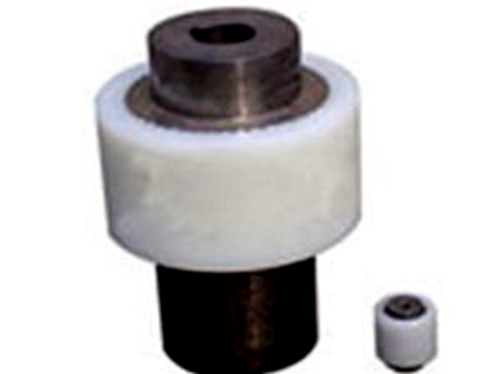 NL type drum gear couplingNL type drum gear coupling is suitable for flexible transmission between shafts and allows larger axial and radial...
NL type drum gear couplingNL type drum gear coupling is suitable for flexible transmission between shafts and allows larger axial and radial...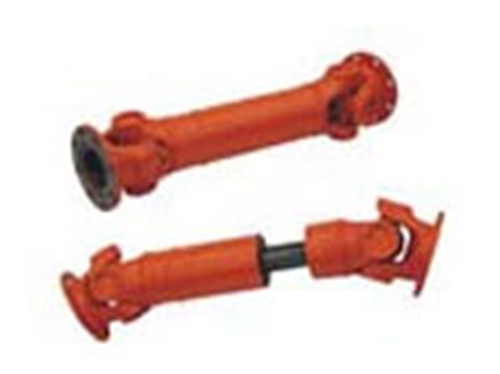 SWP_A universal couplingSWP_A universal coupling has large angle compensation capability and large axial displacement compensation capability, back...
SWP_A universal couplingSWP_A universal coupling has large angle compensation capability and large axial displacement compensation capability, back...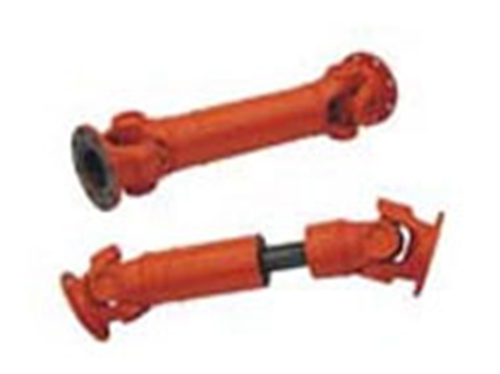 SWP_C universal couplingSWP_C universal coupling is a commonly used coupling.Using the characteristics of its structure can...
SWP_C universal couplingSWP_C universal coupling is a commonly used coupling.Using the characteristics of its structure can...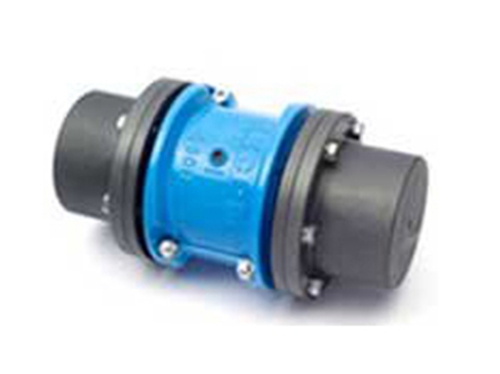 JSS type serpentine spring double flange connection type couplingJSS type serpentine spring double flange coupling type coupling between power machine and working machine, through one or several...
JSS type serpentine spring double flange connection type couplingJSS type serpentine spring double flange coupling type coupling between power machine and working machine, through one or several...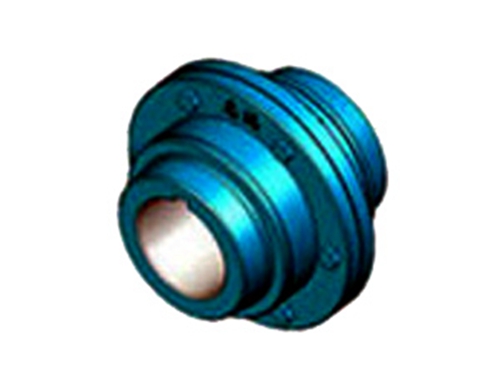 WGCⅡVertical Gear CouplingThe quality of our company's WGCⅡ vertical gear coupling reaches the standard.Our company offers you...
WGCⅡVertical Gear CouplingThe quality of our company's WGCⅡ vertical gear coupling reaches the standard.Our company offers you...